When it comes to understanding the technology behind night vision generations, a frequent question we hear is, “What’s the difference across these generations?” Knowing the distinctions among Gen 1, Gen 2, and Gen 3 night vision is essential for selecting the right equipment. In this article, we’ll break down the main differences in night vision technology, to help clear up any confusion and guide you in making an informed choice.
When people refer to the “generations” of night vision devices, they are typically talking about the Image Intensifier Tube (IIT) .The IIT is a vacuum-sealed tube that contains key components like a photocathode, micro-channel plate, and a phosphor screen, all of which are responsible for the device’s night vision capabilities.
As with most technologies, night vision technology have gone through multiple evolutionary stages to reach their current capabilities and can broadly be differentiated into three generations.
Gen 1 Night Vision
- Technology: The first generation of night vision has been in use since the 1950s. Unlike later models, there’s no universal standard for Gen 1 tubes, meaning quality can vary widely from device to device. Gen 1 night vision is best suited for short-range observation.
- Image Quality: Gen 1 images are often characterized by noticeable graininess (“noise”) and edge distortion, with relatively low resolution compared to Gen 2 and Gen 3 night vision.
- Performance: While effective in environments with some ambient light, Gen 1 night vision struggles in near darkness without infrared illumination.
- Applications: Gen 1 tubes are widely used in civilian applications like wildlife observation, security, and surveillance where complete darkness is not a primary concern.
Gen 2 Night Vision
- Technology: Gen 2 devices incorporate a micro-channel plate (MCP) in the IIT, significantly amplifying light and enhancing image clarity. Gen 2 night vision goggles can provide a useful range of 200 yards.
- Image Quality: Gen 2 devices offer clearer, brighter, and sharper images with reduced noise. The resolution is notably improved, providing better detail and contrast.
- Performance: These devices perform much better in low-light conditions, and are capable of producing usable images in near-complete darkness without the need for infrared illumination.
- Applications: Gen 2 night vision is commonly used by military personnel, law enforcement, and security professionals, where higher image quality and low-light performance are critical. It can also be used in some civilian activities like hunting and navigation in low-light conditions.
Gen 3 Night Vision
- Technology: Gen 3 night vision feature further improvements, such as the use of gallium arsenide photocathodes in the IIT, which enhances sensitivity and extends the spectral range into the infrared. Gen 3 devices can have a range of over 300 yards.
- Image Quality: Gen 3 offers the best image resolution, clarity, and brightness of other generations. Gen 3 devices excel in extremely low-light conditions and deliver images with enhanced contrast and reduced halo effect.
- Performance: Gen 3 night vision can perform effectively in very dark situations, including moonless nights and heavily overcast conditions. They provide clear, detailed images in scenarios where Gen 2 devices may struggle.
- Applications: Gen 3 night vision devices is generally reserved for military, law enforcement and those seeking the best quality equipment available.
RIX Tactical – Bridging the Gap Between Night Vision Generations
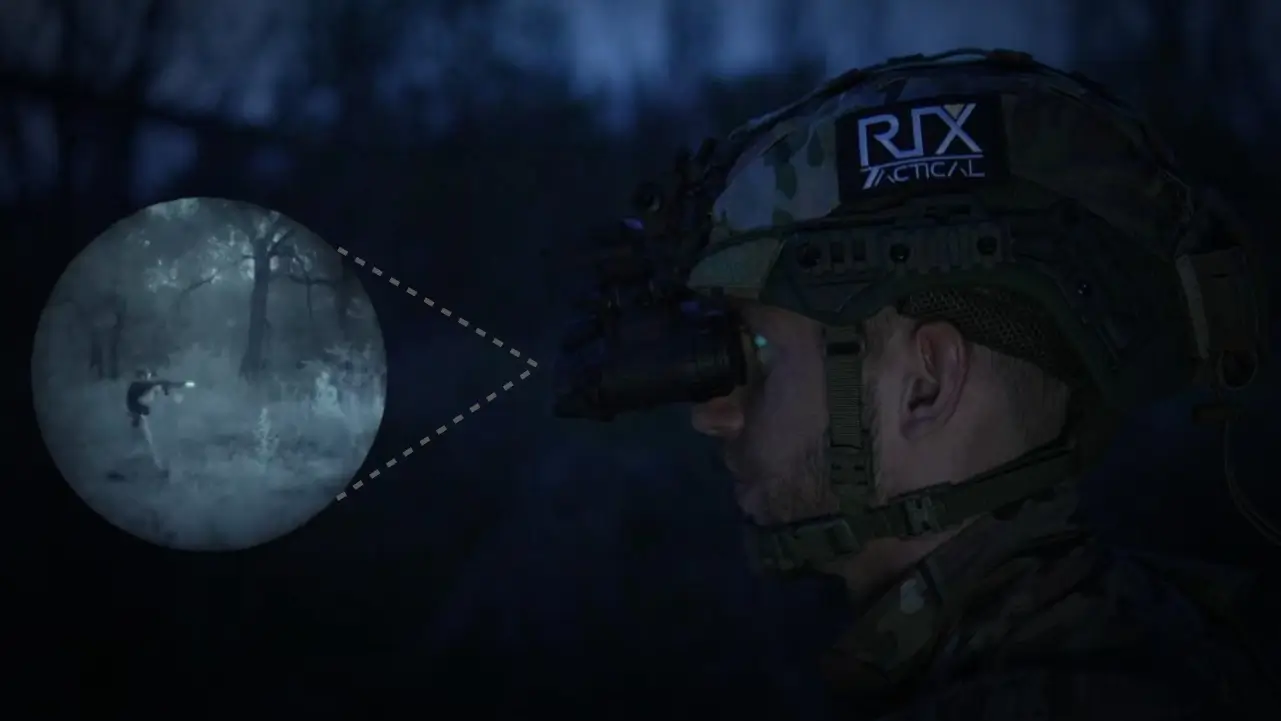
At RIX Tactical, we offer a cutting-edge line of products that make use of Gen 2+ night vision technology, designed to provide crisp, clear imagery. Our Gen 2+ technology takes night vision beyond the capabilities of standard Gen 2 devices, offering enhanced sensitivity and clarity at a fraction of the cost of Gen 3. This makes RIX Tactical a perfect solution for users who demand high-performance equipment without breaking the bank.
Conclusion
Although not officially recognized in the U.S. night vision generation categories, the so-called ‘Super Second Generation’ or ‘SuperGen’ technology, developed by Jacques Dupuy and Gerald Wolzak in 1989, dramatically increases the sensitivity of the tri-base photocathode. It also improves the micro-channel plate by increasing the open area ratio to 70% and reducing noise levels. These advancements allow Gen 2+ night vision to achieve image quality comparable to that of a Gen 3 device. The advanced Gen 2+ technology used in RIX Tactical’s devices represents the best of both worlds: exceptional performance at a more affordable price tag.

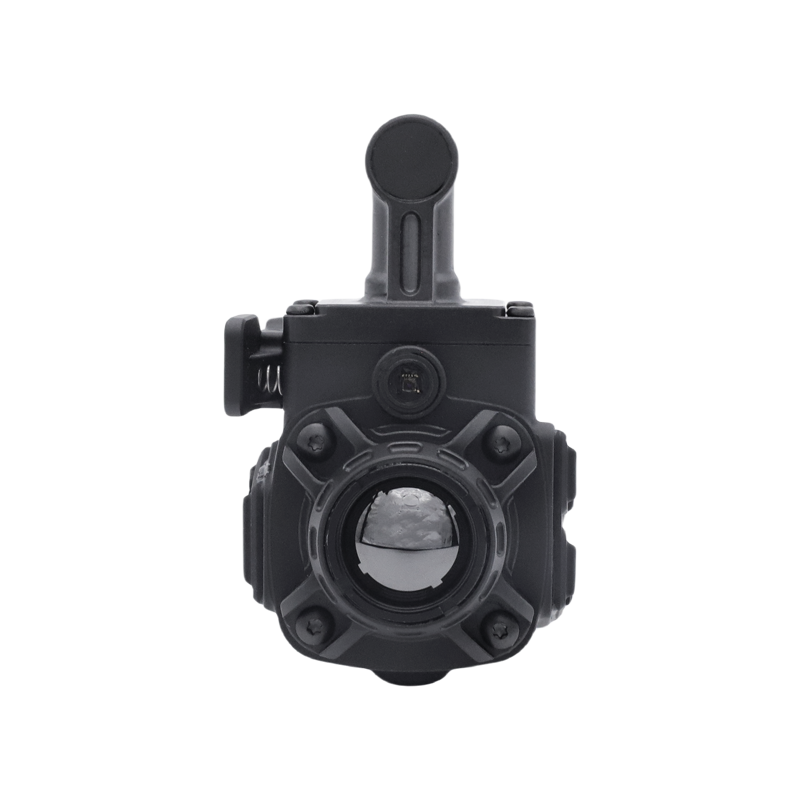
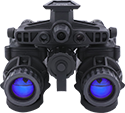
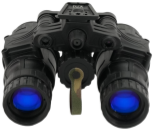

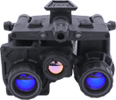

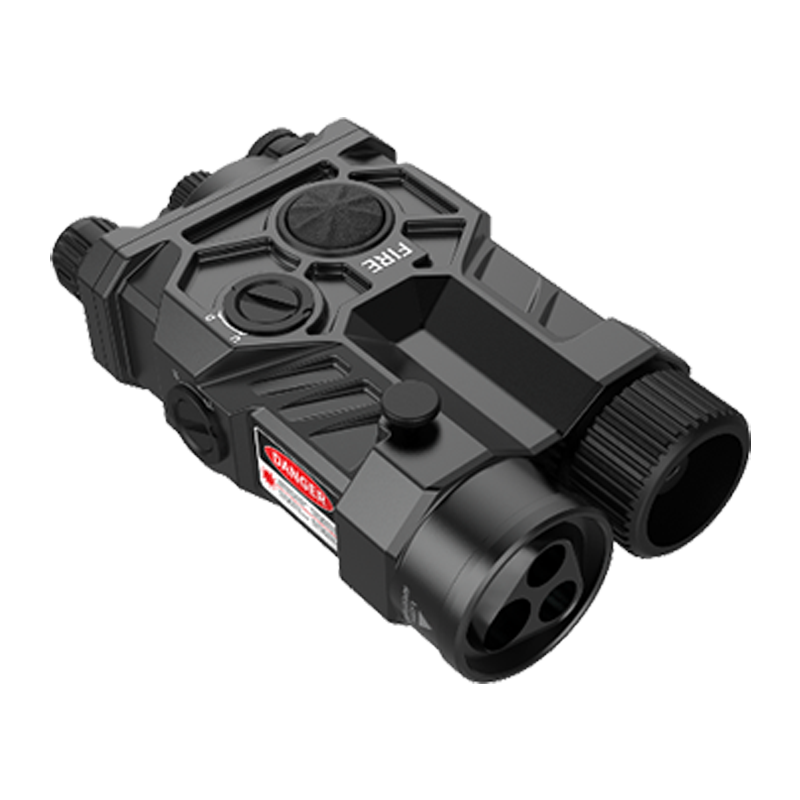
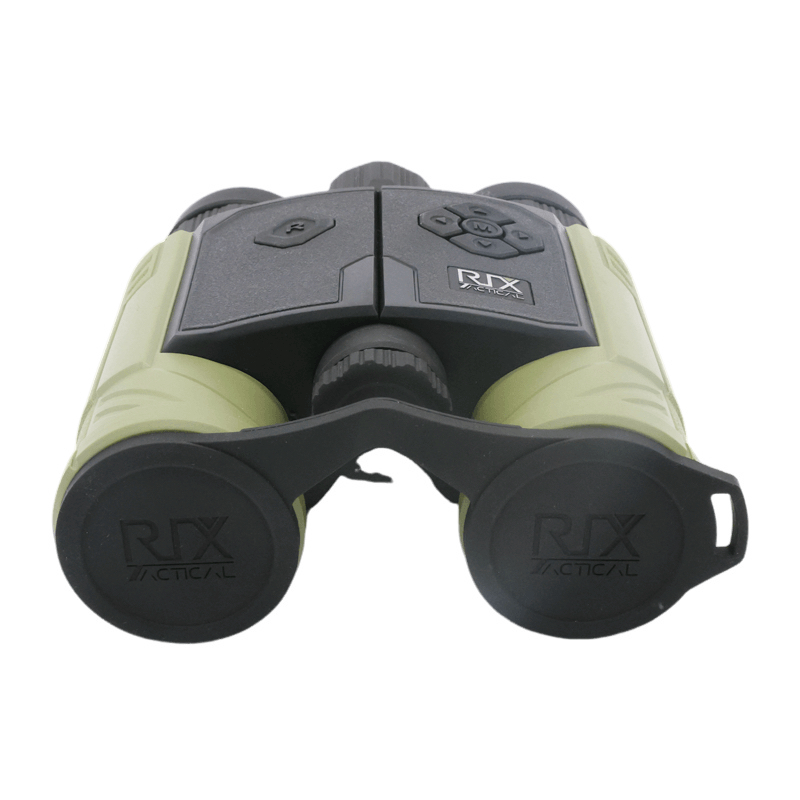
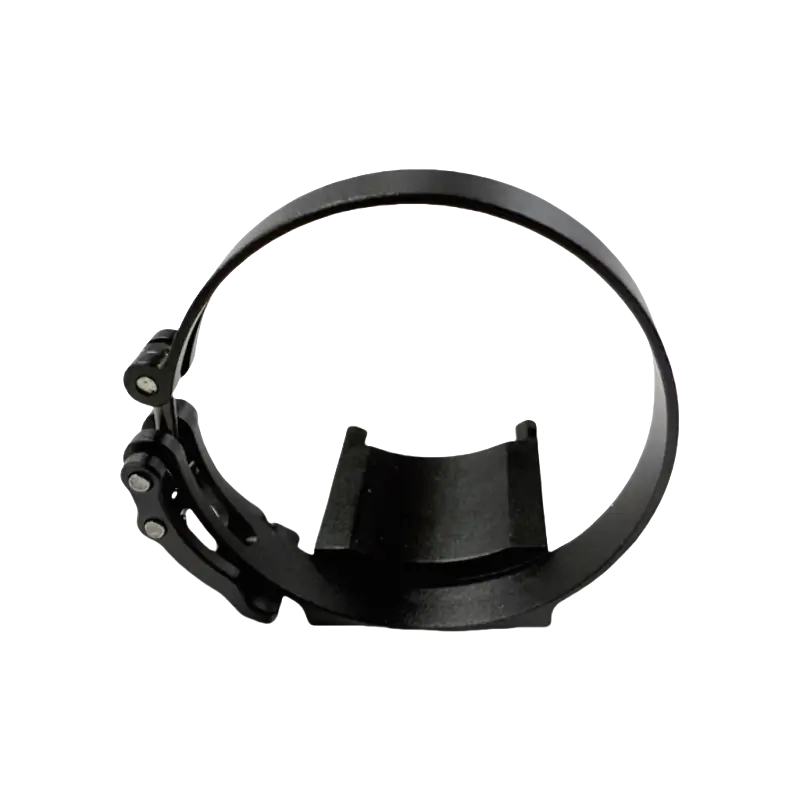
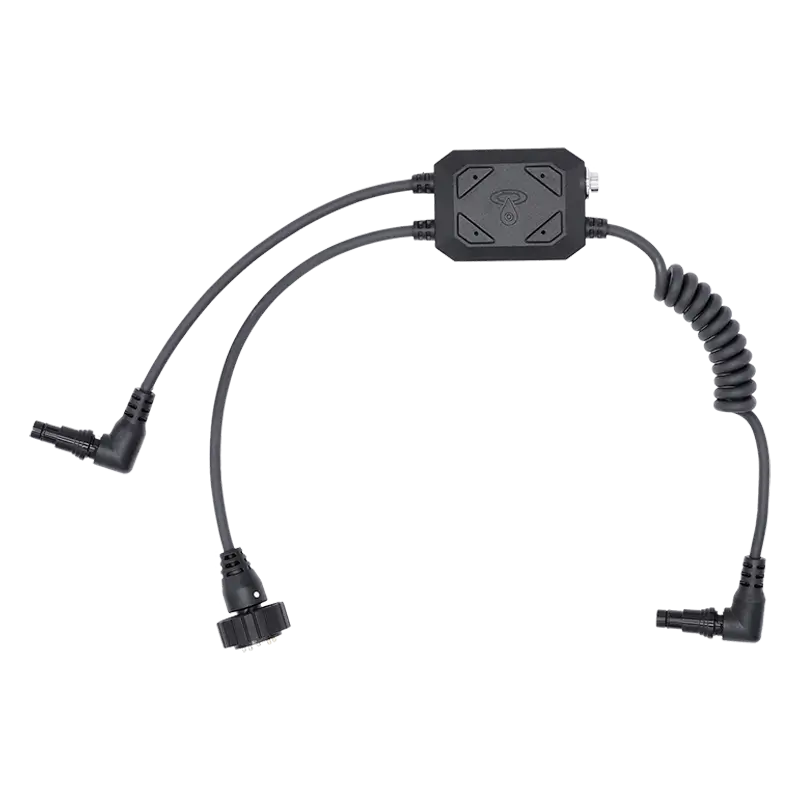
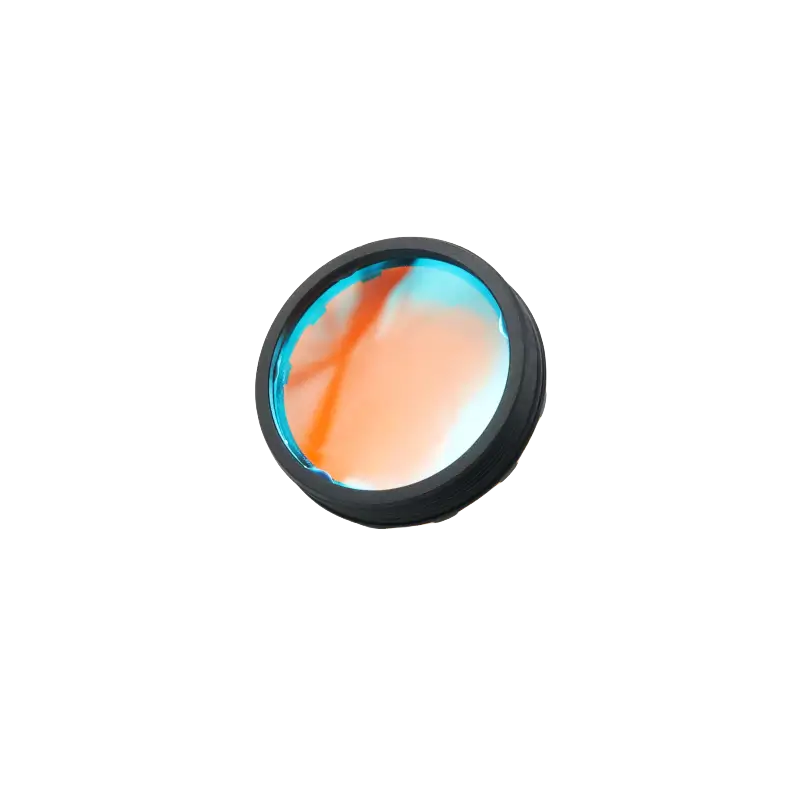
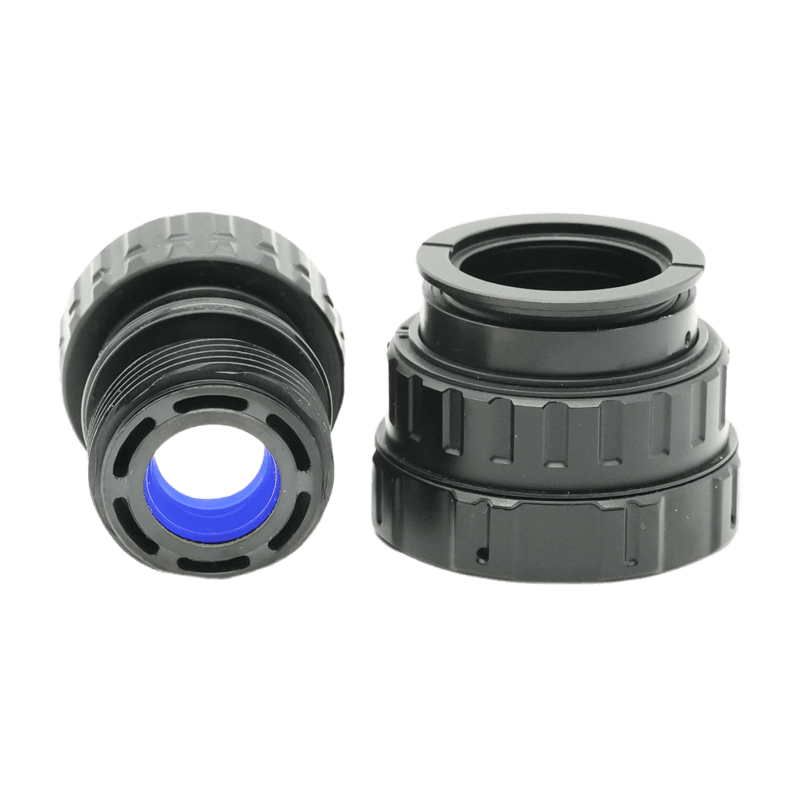

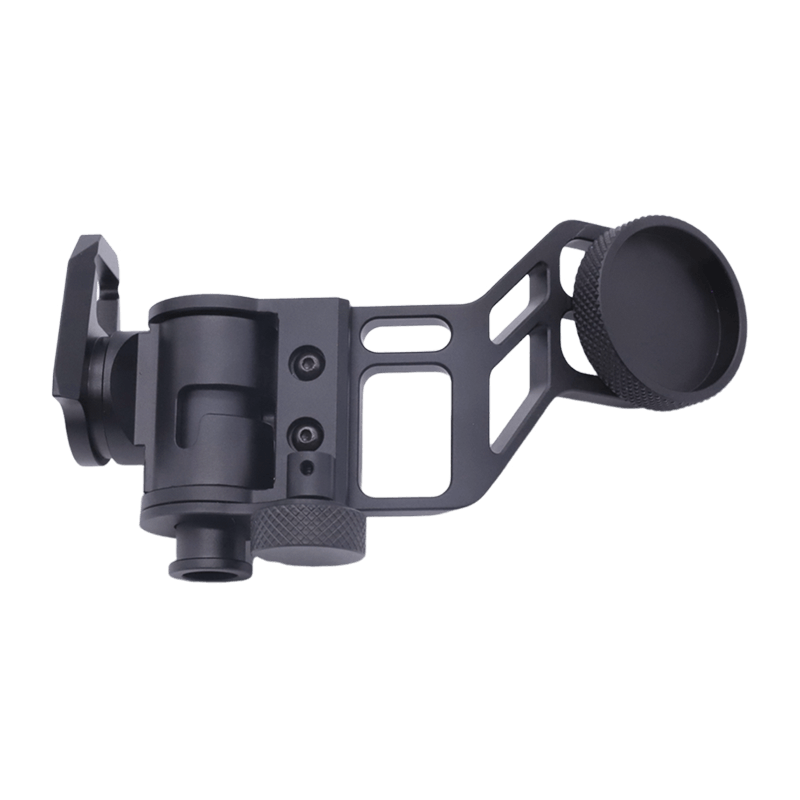
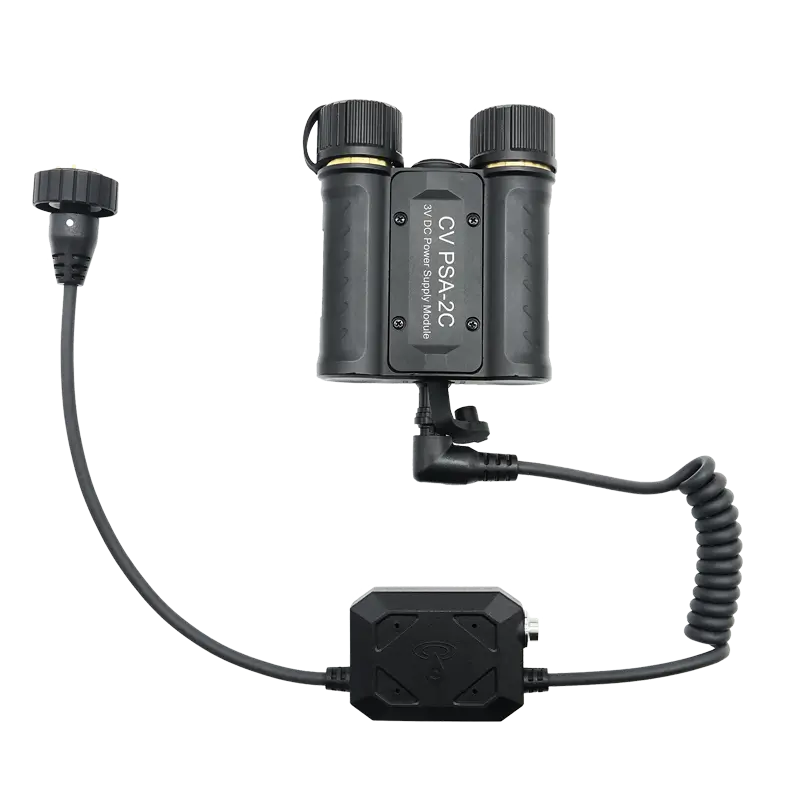
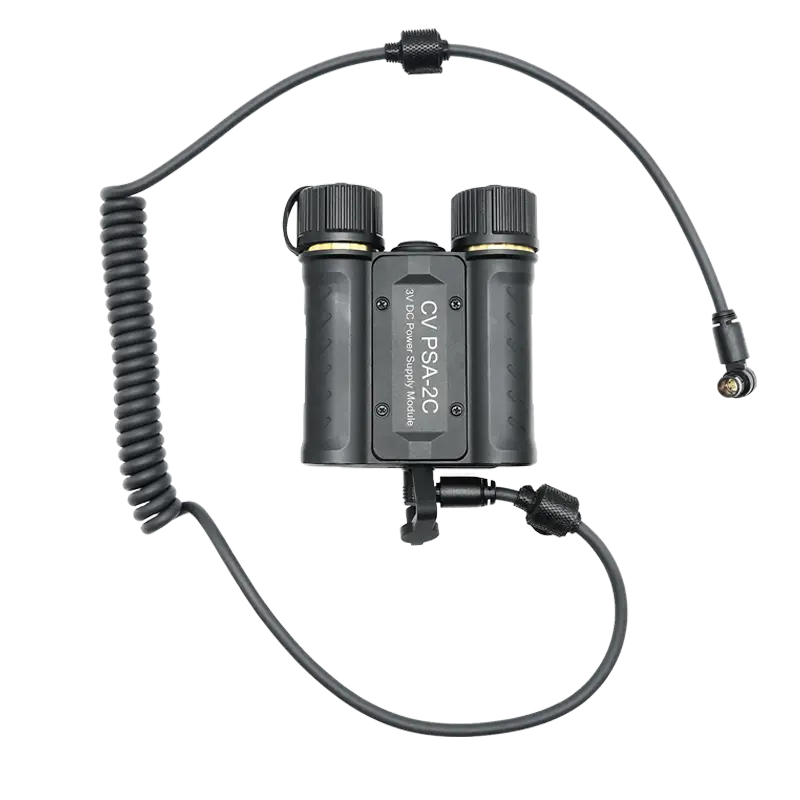
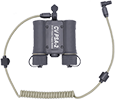

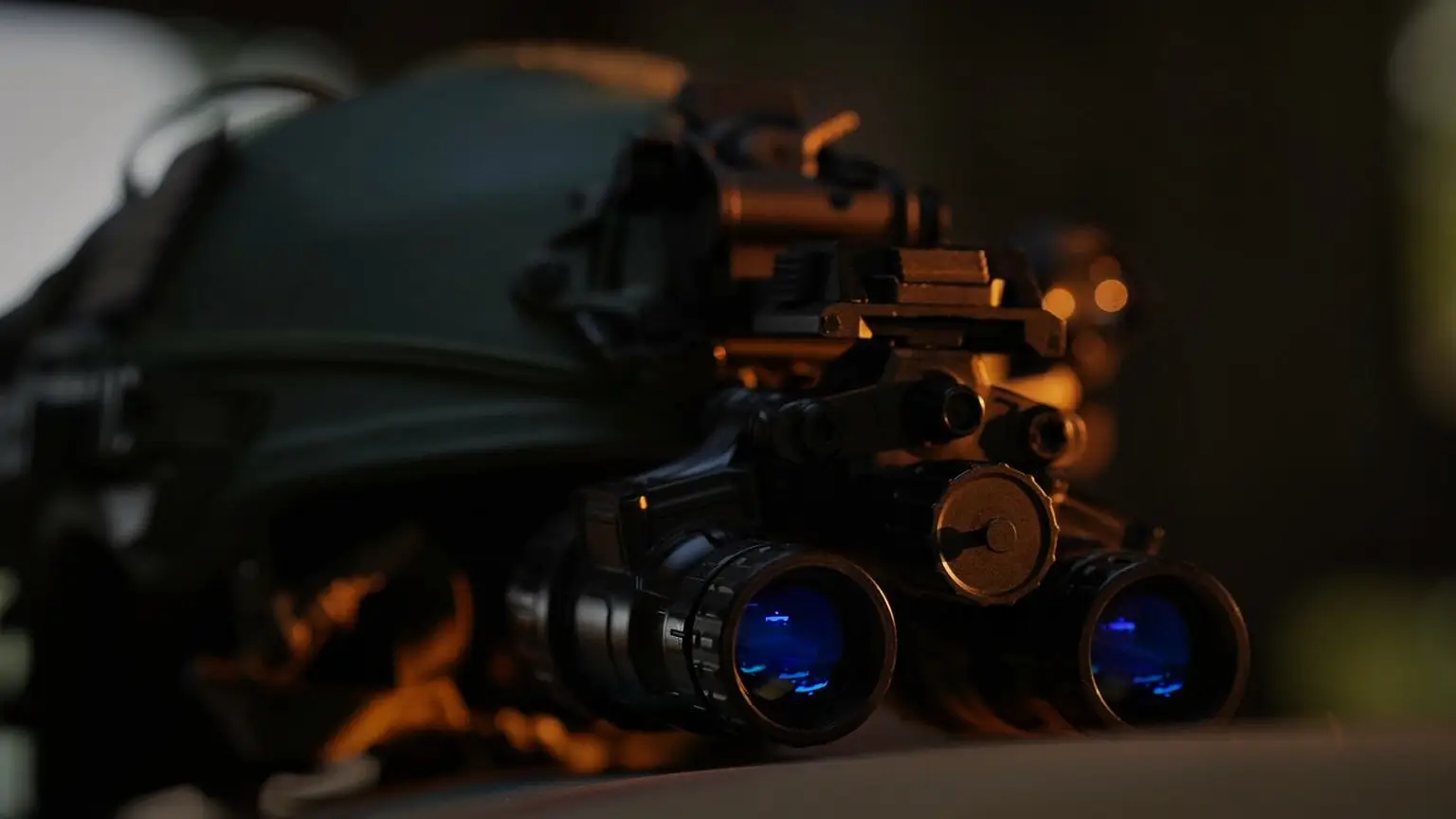
Comments